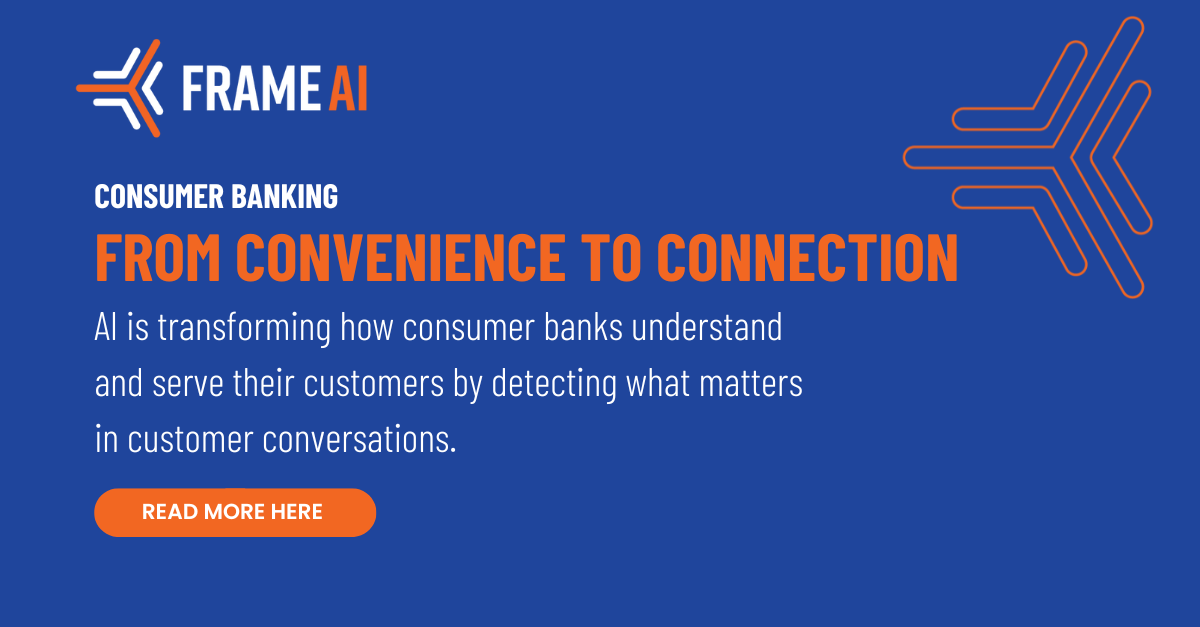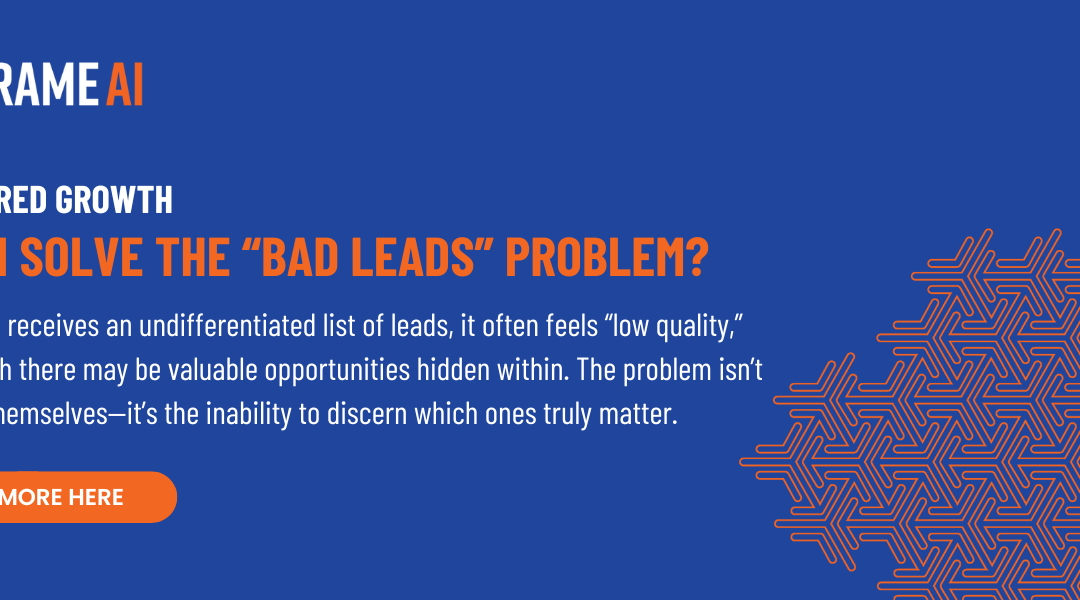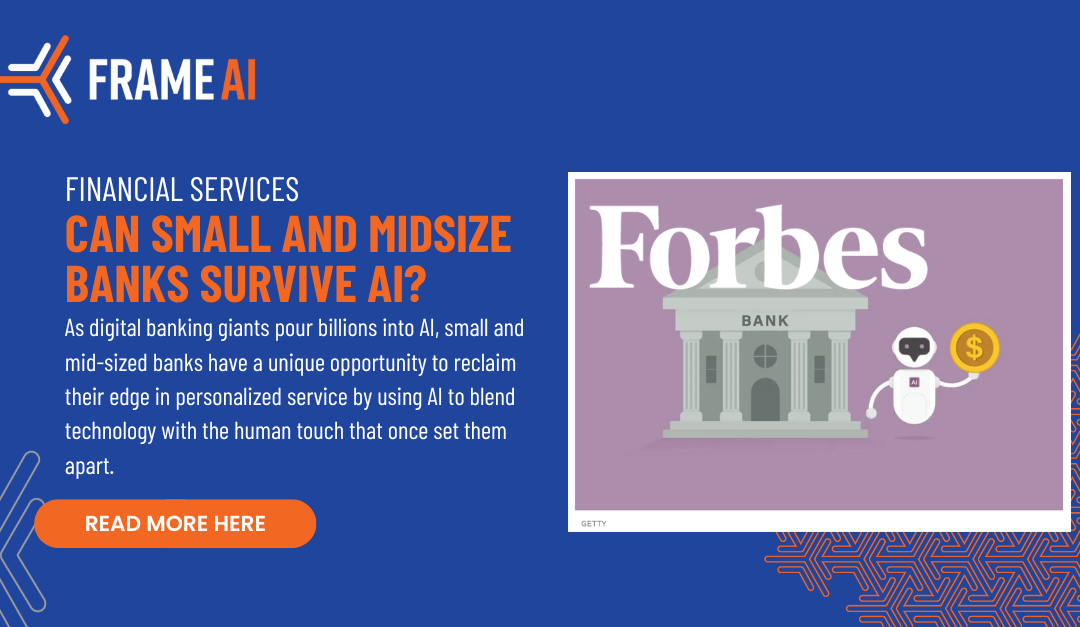Fintech companies have dramatically changed the financial services industry in the last decade by focusing on user experience. Intuitive mobile platforms with features like zero-fee banking and real-time payment options have simplified account management and set new benchmarks for customer experience. The success of platforms like Chime and SoFi demonstrates the impact of reducing friction points in consumer banking. By focusing on how users interact with technology in their daily lives, platforms that prioritize ease of use, accessibility, and immediacy have attracted millions of users globally and captured significant market share. Chime, for example, now serves 22 million customers, largely due to its user-friendly approach and fee-free banking model.
To stay competitive, traditional banks have invested heavily in enhancing their digital customer experience. Most mobile apps now offer features designed to simplify account management like mobile check deposits and real-time account monitoring. In 2023, JPMorgan Chase invested over $12 billion in technology, with a significant portion directed toward improving digital banking capabilities.
AI and machine learning mark the next stage of evolution for consumer banking. While the last several years have been defined by improving digital experiences, AI represents the opportunity to transform customer experience beyond just features and usability. Architectures like STAG (Stream-Trigger Augmented Generation) enable banks to understand their customers with unprecedented depth and timeliness, redefining their value propositions from “we make this really easy for everyone” to “we really understand what you need.”
STAG makes this possible by continuously monitoring and analyzing customer data streams, both structured and unstructured, in real-time. This architecture enables banks to detect key life events, preferences, and financial behaviors as they happen, allowing loan officers, advisors, and marketers to engage customers with the services they need when they need them. In doing so, traditional banks have the opportunity to transform from mere service providers into indispensable financial partners, offering personalized solutions that anticipate customer needs and foster deeper, more meaningful relationships.
When certain patterns or key life events are detected, such as a customer mentioning plans to buy a house or start a business, STAG triggers specific actions across the bank’s systems. This could mean generating personalized offers, scheduling follow-up calls, or even adjusting marketing strategies in real-time. By connecting insights directly to actionable workflows, banks can engage customers in a timely and relevant manner, turning insights into proactive service delivery.
Activating Moments that Matter In Customer Conversations
1. Purchasing a Home
Buying a home is one of the most significant financial decisions a person makes. STAG can analyze customer communications and transactions to identify when a customer might be preparing to purchase a home. For instance, if a customer begins inquiring about mortgage rates or consistently discusses property-related topics in conversations, the AI can trigger personalized offers for mortgage products, home insurance, or financial planning services. This proactive approach ensures that customers receive relevant support precisely when they need it, making the experience more seamless and valuable.
2. Starting a Business
Entrepreneurial activities often emerge gradually, with customers exploring business ideas, seeking advice on financing, or discussing the challenges of startup life. By monitoring these cues, AI can detect when a customer is on the brink of launching a new business. Banks can then offer tailored business accounts, lines of credit, or even specialized advisory services that cater to the unique needs of startups. This kind of personalized support can position the bank as a trusted partner in the customer’s entrepreneurial journey, fostering loyalty and long-term engagement.
3. Planning for Retirement
As customers approach retirement, their financial priorities shift toward securing their long-term financial well-being. AI can identify discussions about retirement, changes in financial structuring, or inquiries about retirement products, allowing banks to offer personalized retirement plans, annuities, or financial advisory services. By engaging with customers during this critical life stage, banks can build stronger relationships and ensure that they are seen as essential partners in their customers’ financial futures.
4. Having a Child
The birth of a child introduces new financial responsibilities, from saving for education to ensuring the family’s financial security. AI can detect when customers discuss family planning or the arrival of a new child, enabling banks to offer relevant products such as college savings plans, life insurance, or even investment accounts for the child’s future. By addressing these needs proactively, banks can deepen their relationship with customers and become integral to their family’s financial planning.
5. Investing for the First Time
First-time investors often experience a mix of excitement and uncertainty as they navigate the world of investments. AI can pick up on signals that a customer is interested in investing—such as discussions about financial markets, inquiries about investment products, or changes in spending patterns—and provide personalized investment advice, educational resources, and access to suitable financial products. This guidance can help build confidence in new investors, positioning the bank as a reliable source of financial wisdom and support.
The Future of Customer Engagement in Banking
As the financial services industry continues to evolve, the ability to understand and anticipate customer needs will be the key to maintaining competitive advantage. While fintech companies have revolutionized the industry by focusing on user experience, the next phase of innovation lies in leveraging AI to deliver personalized, contextually relevant interactions that go beyond mere convenience.
By adopting advanced architectures like STAG, traditional banks can transform their value proposition, offering services that not only meet but anticipate the specific needs of their customers. This shift from reactive to proactive engagement will allow banks to build deeper, more meaningful relationships with their customers, positioning them as indispensable financial partners in every stage of life.
To learn more about how Frame AI unlocks unstructured data for consumer banks, request a demo today.




